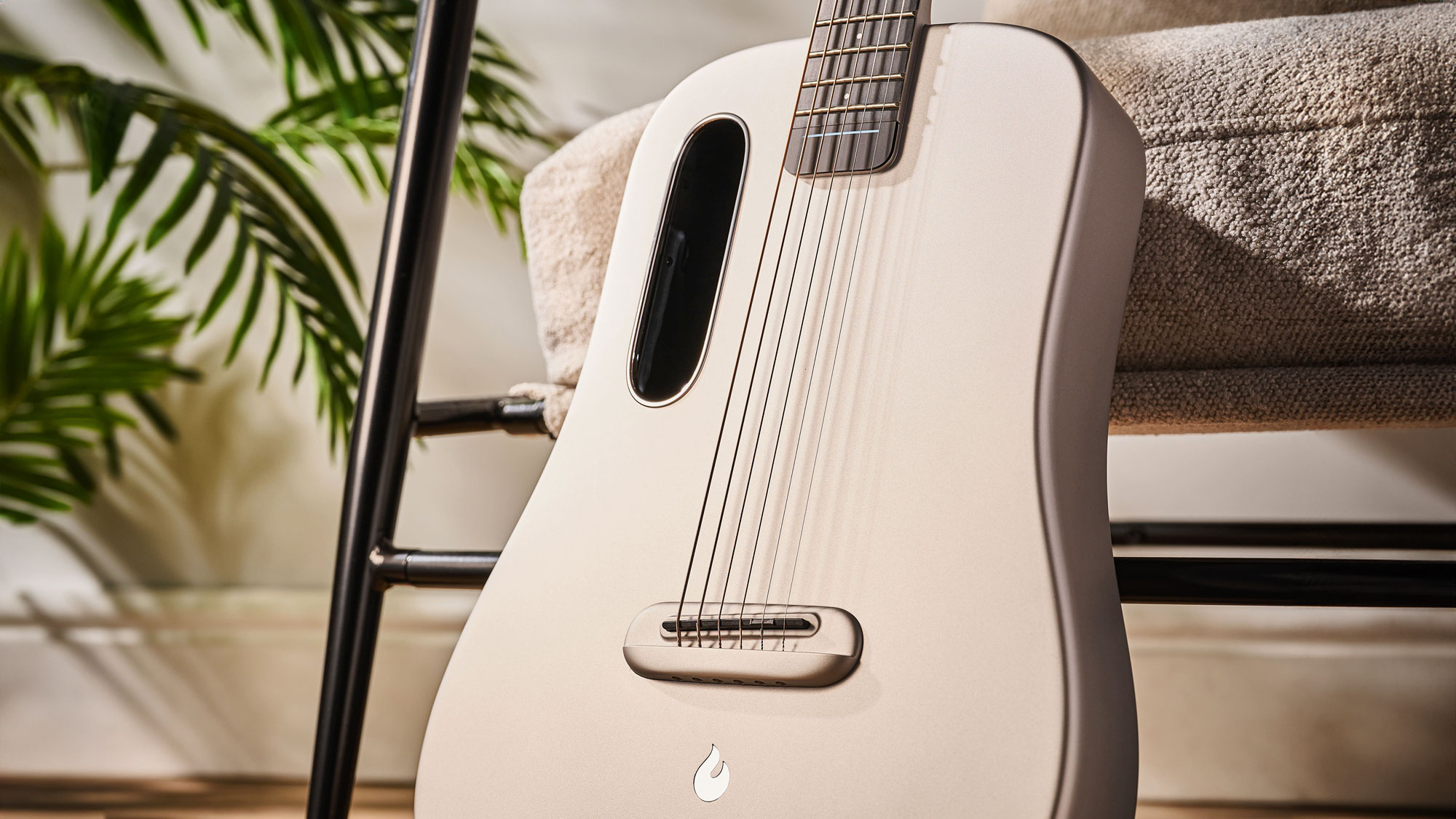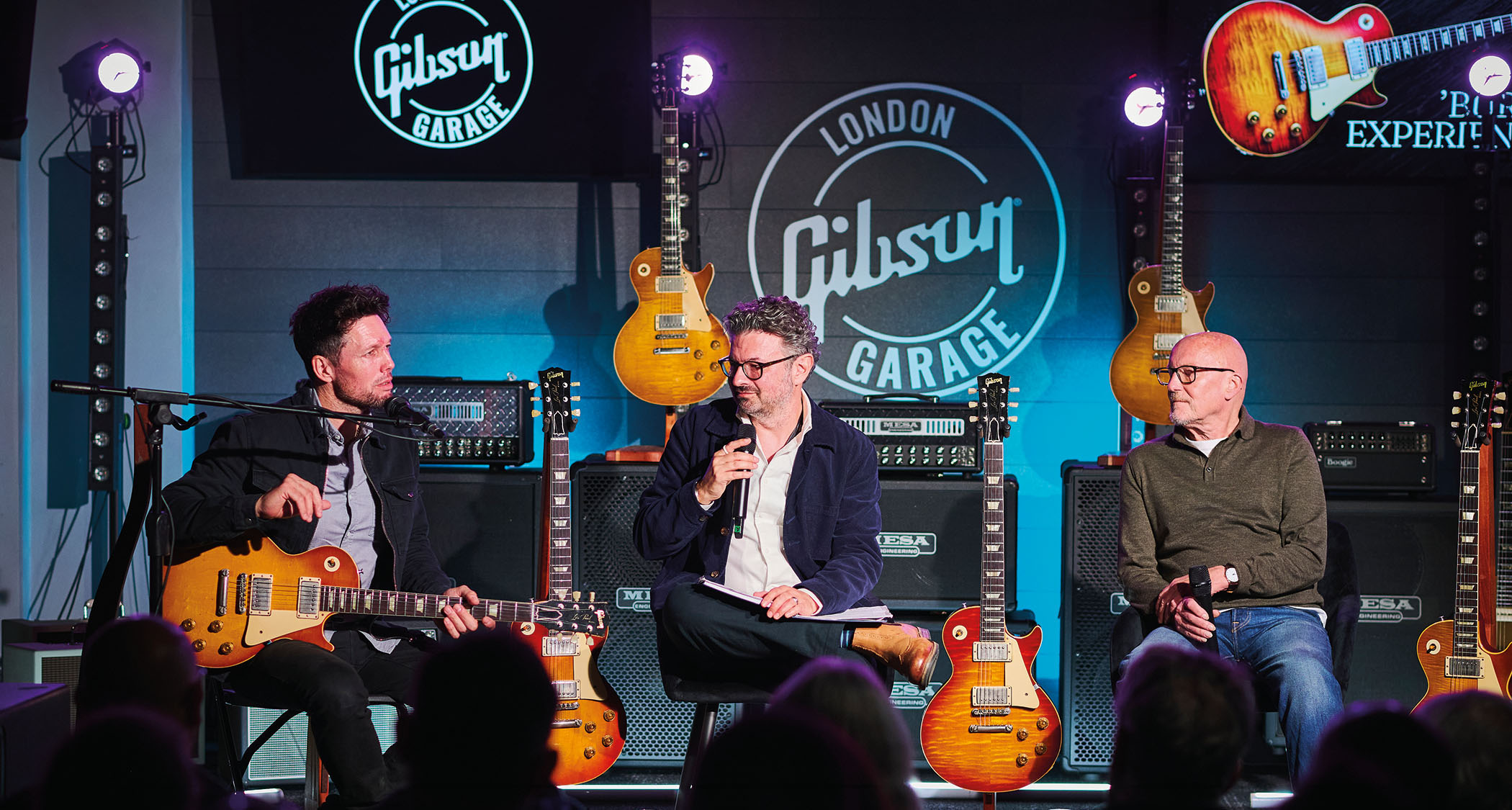Guitar World Verdict
Overall, the Lava ME Air surprised us. What ran the risk of being a toy-like guitar actually proved to be some serious fun... Is it perfect? No, but it kept us playing. And in a world where ‘smart’ things turn our attention away from instruments, we can’t say fairer than that.
Pros
- +
Slick design.
- +
Great-sounding amplified effects.
- +
Addictive playing experience married with good standard acoustic sounds.
Cons
- -
Slightly uncomfortable playability.
- -
Lots of fluffy information and instructions.
- -
It’s a big departure for traditionalists.
You can trust Guitar World
What is it?
As we reach the second quarter of this century, it seems that nothing is safe from the ‘smart’ revolution. What started with our phones and TVs has made its way through our rigs and, now, the movement that we’re calling ‘The Internet of Strings’ has reached our acoustic guitars.
“About bloomin’ time!” we hear you cry. Because it’s true, no good music has been made on an unplugged steel-string. Ever. You can’t even hear it over a drummer and, frankly, we don’t know how the dreadnought ever made it this far…
In case AI and interconnectivity have stifled your perception, we are, of course, being sarcastic. Plus, the ‘smartification’ of our strummers isn’t exactly new, either. Lava Music has been around since 2013, and the Lava ME Air we’re looking at here is the latest in its now fairly substantial lineup of acoustic guitars. Unfamiliar? Here’s the nutshell.
It’s a carbon-fibre bodied acoustic, with a ‘honeycomb bionic’ structure. This combo serves up a few benefits. It’s lightweight and it increases strength and rigidity for durability and near-impervious defence against the traditional acoustic guitar’s biggest enemies: temperature and humidity fluctuations. Finally, carbon fibre is also pretty good at resonating and projecting sound.
Using a shorter 597mm (23.5-inch) scale length, the fingerboard is made of HPL (High-Pressure Laminate), just as we’ve seen on plenty of Martin guitars before, and – while not everyone’s cup of tea – it does have the bonus of removing inconsistencies while also putting up a fight against humidity changes.
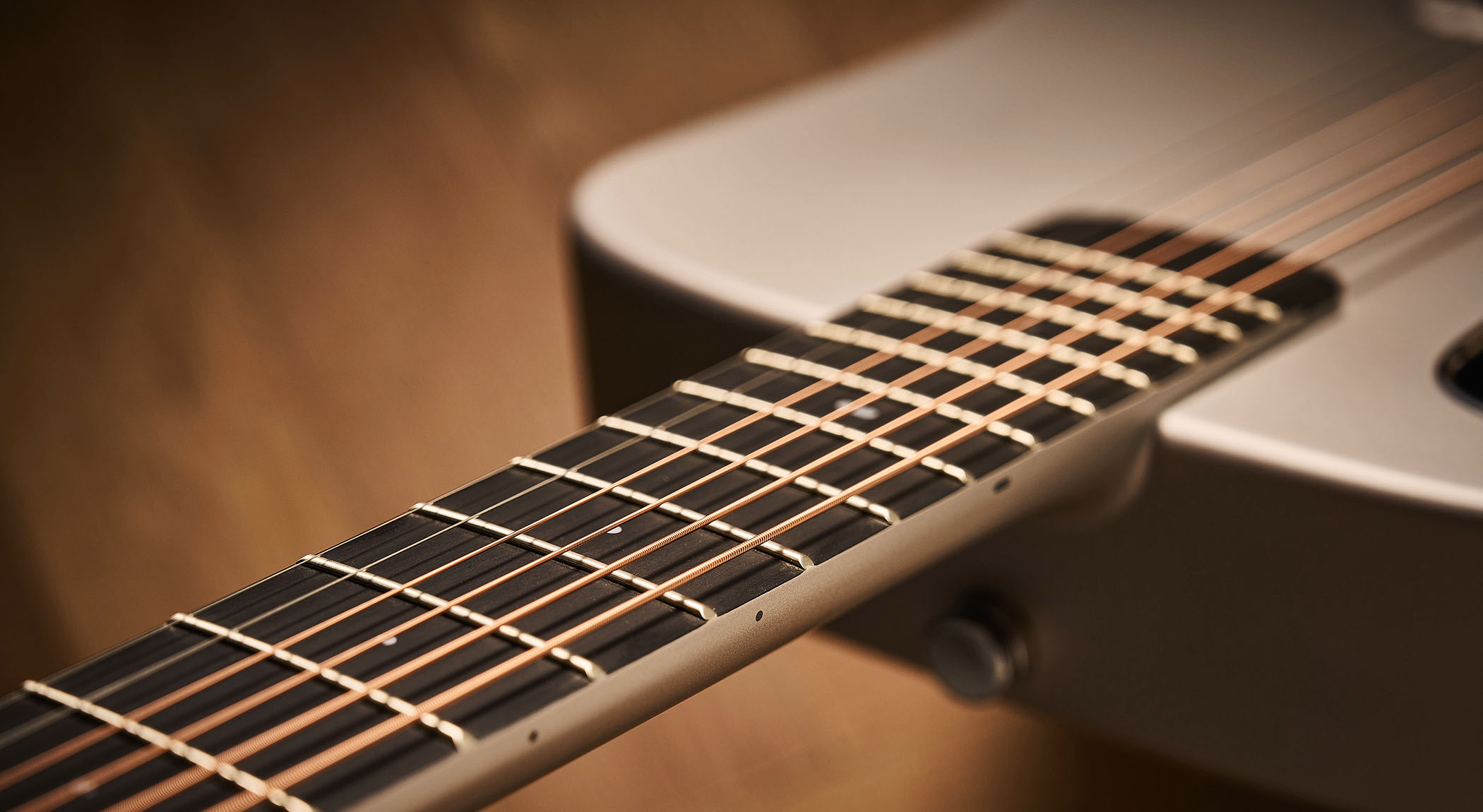
As well as the non-traditional looks and materials, the Lava ME is packing electronics that aim to bring the acoustic guitar into the 2020s.
A magnetic pickup is nestled at the body end of the ’board; just as we’ve seen with Yamaha’s TransAcoustic range, it’s also home to digital effects. You don’t even have to plug in to hear them! Add Bluetooth connection to the Lava+ app and an internal rechargeable battery (via a USB-C), and the Lava is looking rather smart indeed.
All the latest guitar news, interviews, lessons, reviews, deals and more, direct to your inbox!
Playability and sounds
Getting started with the manual, website and Lava+ app, you’ll find it’s all very Apple-inspired.
Don’t expect us to reach for the usual lexicon: it’s an even, balanced, almost lab-grown flat response. Not too bright, not too bassy
Words such as ‘unibody’, overzealous inter-capped naming, and even the finish names (our review model is Silver, but it also comes in the oh-so-Cupertino Space Black). But get past that and keep your mind open.
Strumming our first chords, the tension from the strings at a shorter scale took a bit of adjusting to – barre chords felt slightly fatiguing and our hands got a bit cramped.
Once you’re over that, the next thing you’ll notice is just how smooth the tuners are, followed by the sound. Unplugged, it’s not an unpleasant response, but it’s also not particularly characterful, either. This isn’t a bad thing, but don’t expect us to reach for the usual lexicon: it’s an even, balanced, almost lab-grown flat response. Not too bright, not too bassy.
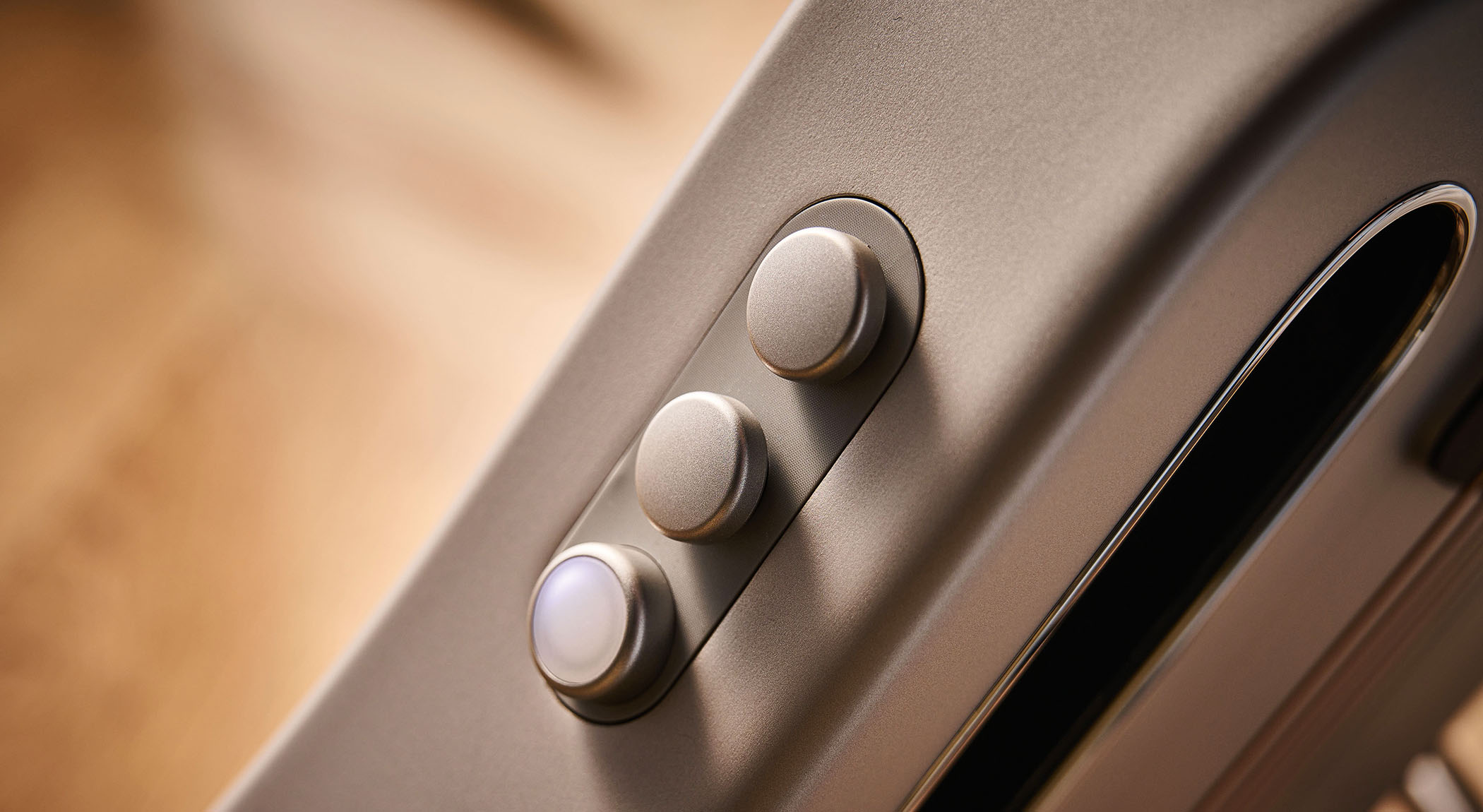
The fun really begins when you engage the effects, which include chorus, delay, reverb, auto-wah and pitch-shift. These are controlled by three knobs on the guitar’s shoulder. The control on the far right switches through presets with a press (and serves as the volume control when plugged in), while the other two controls are assignable.
Each of the presets blends two effects, and out of the box the controls are already assigned to common parameters such as delay rate or reverb mix. Start playing unplugged and you’ll probably grin the first time you hear your sound swirling and repeating its way out of the soundhole.
It’s addictive – and they sound good, too. We did experience some digital noise when switching between presets, mostly due to killing reverb and delay tails abruptly.
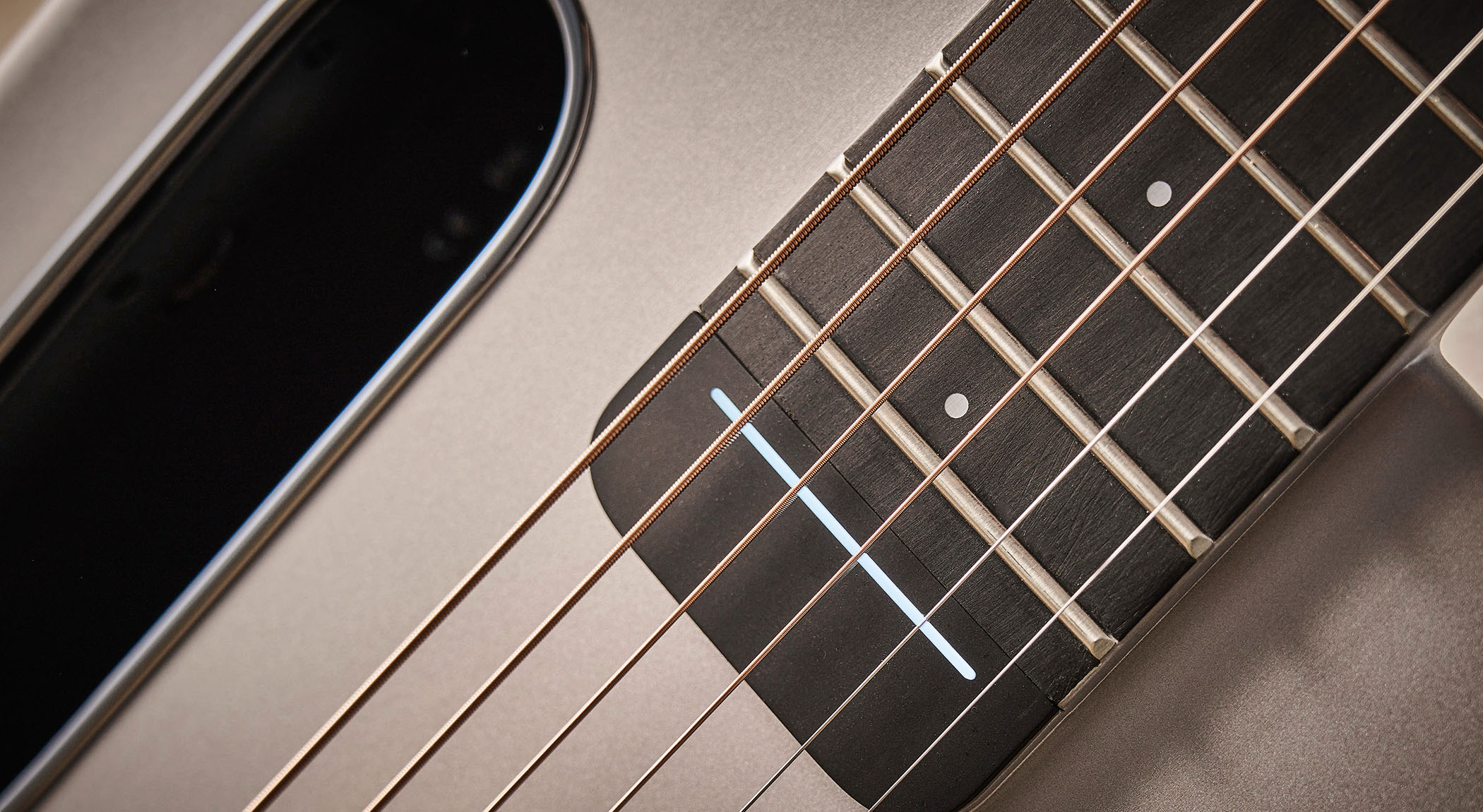
Plugged in, we can blend between the blade-style magnetic pickup and a rather vaguely described ‘acoustic simulation’ via a soundhole-mounted volume wheel. There’s no latency with the latter, and to our ears it certainly doesn’t sound synthetic.
The magnetic sound is decent, too, with a bit more brightness and the midrange brittle sound that we’d expect. Of course, the effects are also routed through the output, so you can make use of them in a live setting or, ironically, enjoy your acoustic guitar through your headphones.
Verdict
Overall, the Lava ME Air surprised us. What ran the risk of being a toy-like guitar actually proved to be some serious fun, and the fact that we found ourselves immersed in the sonic side of it long enough to make us late for our deadline is probably the biggest benchmark.
Is it perfect? No, but it kept us playing. And in a world where ‘smart’ things turn our attention away from instruments, we can’t say fairer than that.
Specs
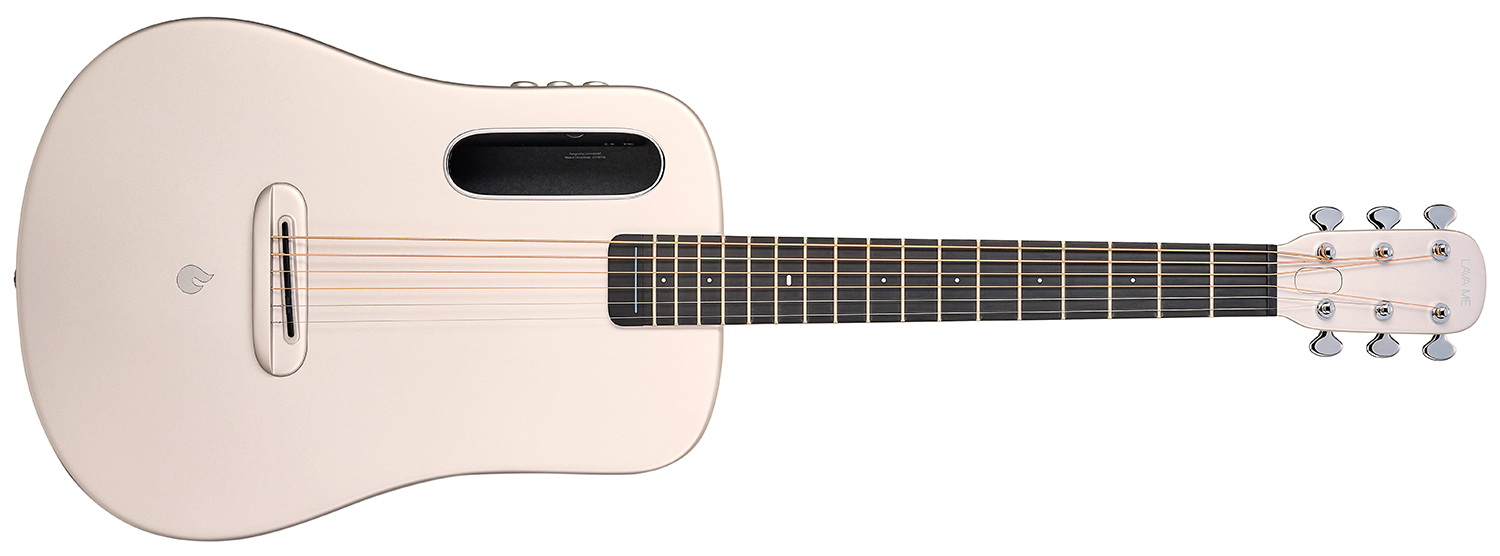
PRICE: $/£499
ORIGIN: China
TYPE: Electro-acoustic ‘smart’ guitar
TOP: AirSonic carbon fibre composite w/honeycomb bionic pattern
BACK/SIDES: AirSonic 2 carbon fibre composite
MAX RIM DEPTH: 65mm
MAX BODY WIDTH: 325mm
NECK: Airsonic 2 carbon fibre composite
SCALE LENGTH: 597mm (23.5”)
TUNERS: Lava zinc 20:1, 3-a-side
NUT/WIDTH: Synthetic (PPS)/43mm
FINGERBOARD: HPL composite, 400mm (15.75”) radius
FRETS: 17
BRIDGE/SPACING: HPL w/ synthetic (PPS) saddle/55mm
ELECTRICS: Magnetic pickup, on-board effects, 3x controls, USB charging, output jack
WEIGHT (kg/lb): 2.1/4.62
OPTIONS: N/A
RANGE OPTIONS: Lava ME 4 Carbon (£1,249), Lava ME 4 Spruce (£617), Lava ME Play (£489)
LEFT-HANDERS: No
FINISH: Silver, Space Black
CONTACT: Lava Music
Hands-on videos
Lava Music
Mr Black

Patrick Breen

Stuart has been working for guitar publications since 2008, beginning his career as Reviews Editor for Total Guitar before becoming Editor for six years. During this time, he and the team brought the magazine into the modern age with digital editions, a Youtube channel and the Apple chart-bothering Total Guitar Podcast. Stuart has also served as a freelance writer for Guitar World, Guitarist and MusicRadar reviewing hundreds of products spanning everything from acoustic guitars to valve amps, modelers and plugins. When not spouting his opinions on the best new gear, Stuart has been reminded on many occasions that the 'never meet your heroes' rule is entirely wrong, clocking-up interviews with the likes of Eddie Van Halen, Foo Fighters, Green Day and many, many more. If he's not playing the guitar, you'll likely find Stuart behind the kit playing Valerie to newlyweds.
You must confirm your public display name before commenting
Please logout and then login again, you will then be prompted to enter your display name.
